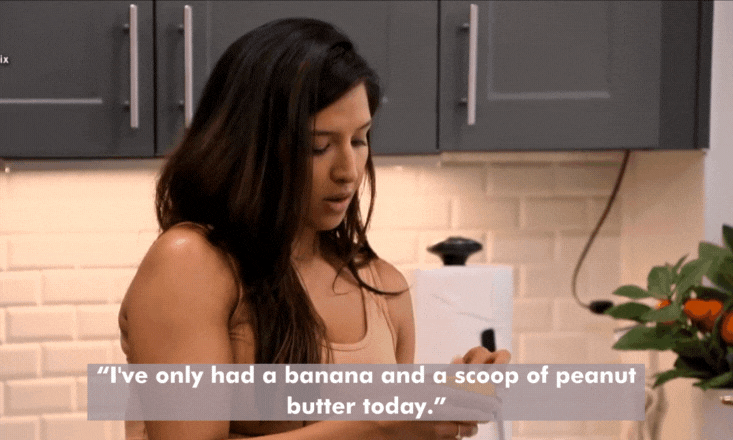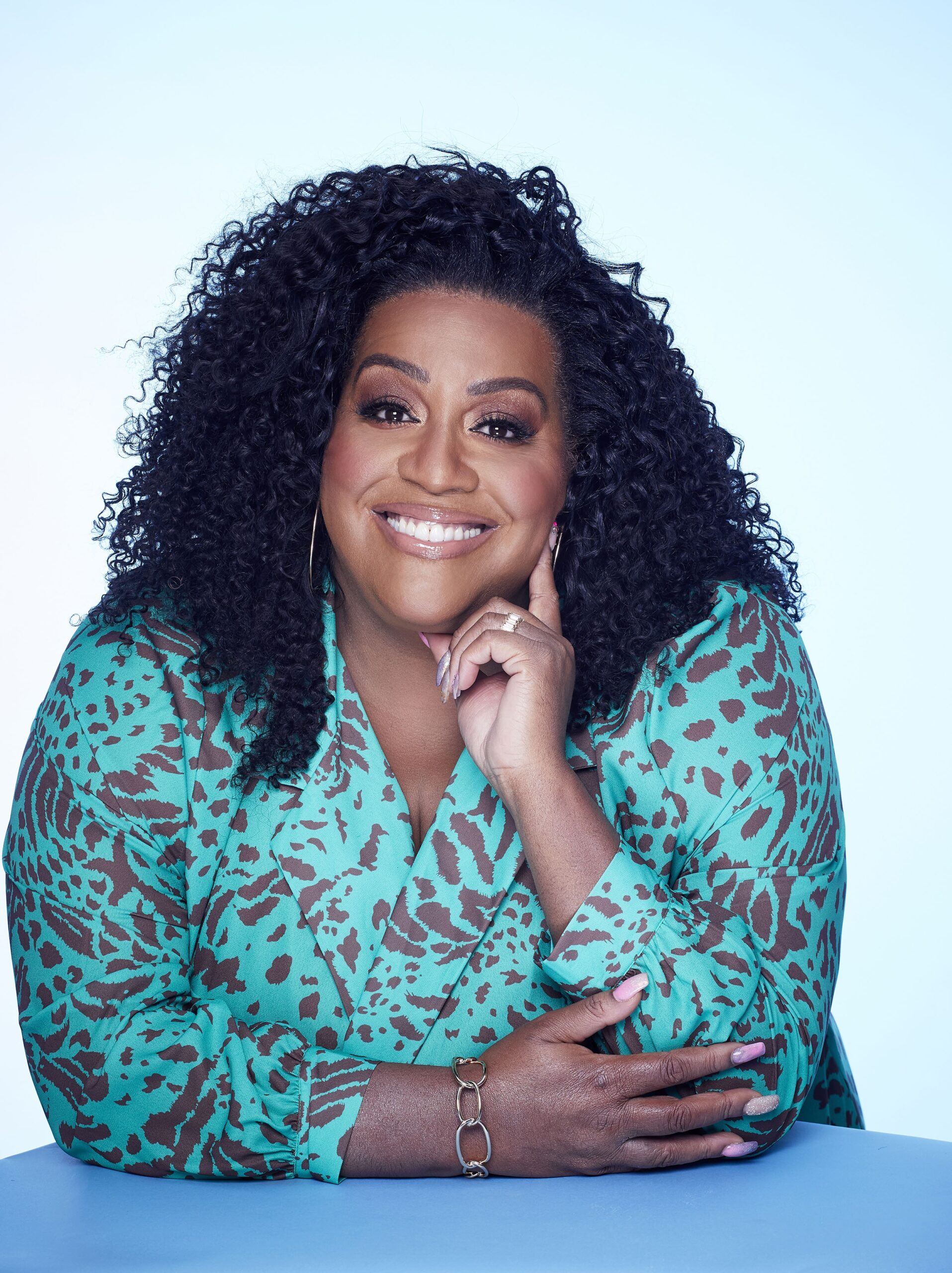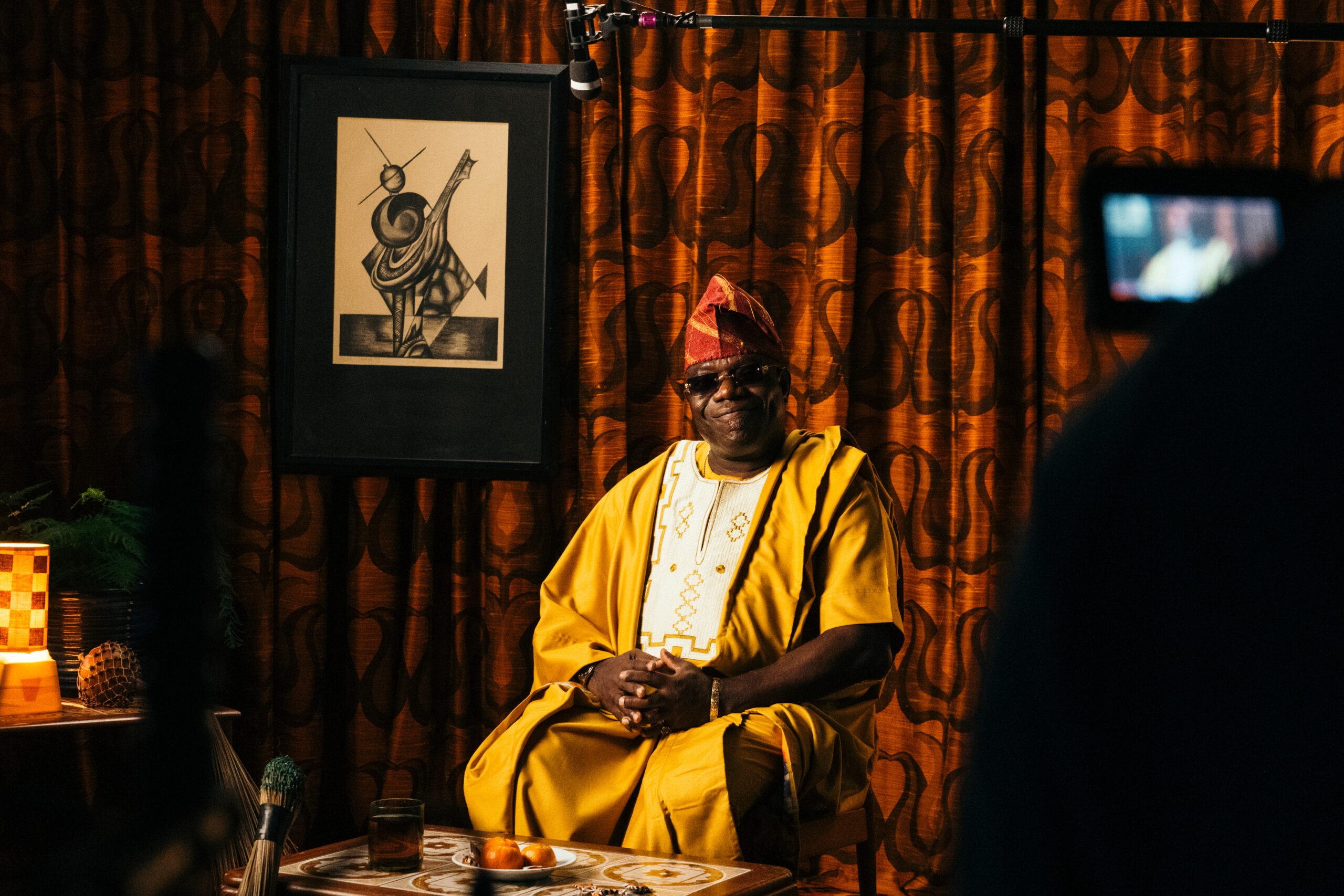
Courtesy of Netflix
Head to head: Are the identity struggles in Never Have I Ever relatable or predictable?
Mindy Kaling's Netflix moment is a teen hit with an Indian lead but is it one step forward for representation or more of the same?
Seeham Rahman and Nayantara Dutta
05 May 2020
Beamed from Mindy Kaling’s comedic brain, transmitted via Netflix, Never Have I Ever is a new teen sitcom following an Indian-American girl through high school. As well as traversing through typical teen topics like dating (or lackthereof), body image and popularity, the show’s protagonist Devi deals with grief, temporary psychosomatic paralysis, and of course identity.
The battles that come from stradding both Indian and American culture are threaded into the DNA of the show and while these stories are rarely told on screen, critics are split on the representation of the experiences shown. Is it true to life to be ashamed of your background, or does this add to the idea that your heritage is inherently bizarre and at odds with modern teen life?
Here, two writers unpack their views.
Seeham Rahman: Finally I get to see my teens on screen
By 15, my experience growing up was incredibly similar to Never Have I Ever’s lead character, Devi Vishwakumar. In fact, at times I’d even pretend my life was out of a teen drama. Yet despite my obsessions with popularity, Harry Styles-looking white boys and Gossip Girl (the Riverdale of my time), as a brown girl it always felt as if I’d hopped into Rory Gilmore’s skin, but it didn’t quite fit. So, when I binged Never Have I Ever it immediately validated some of my actions and I thought, where was this when I was growing up?
Mindy Kaling’s show is important to me for many reasons. It has wonderful depth in its a display of brown teen normality. With a mixture of fantasising, ruined friendships and distressing family situations – it was nice to finally see brown people as everyday humans, rather than one-dimensional caricatures on my screen. But the show also tackles our perceived “differences” as children of Desi immigrants growing up in the West. I always saw whiteness as the norm of how I should exist, disregarding my reality – the life towards Ivy league education, our “strict” mothers and our gleaming cultural traditions. And as a genesis of the sort, it has shaken the landscape of the portrayal of adolescence for brown people, especially when historically it was either absent or problematic.
Devi’s character is an important personification of the struggles with living seemingly “ordinary” lives as brown girls and the difficulty of claiming our identities which comes out of it. For example, when Devi is at the Ganesh Puja celebration and meets Harish, a brown friend who quickly questions her insecurities with being Indian, it made me think – would I have been more confident if I had been questioned like that growing up?
“Brown was feeling embarrassed of my parents, a life of no dating and more than anything, a blistering uneasiness of sticking out like a sore thumb”
That being said, there are too little opportunities inserted between Devi’s love life, the focus of the show, to talk in detail about the problems with growing up believing that Western life is the single emancipatory power. And even more so, there are inherent inadequacies coming from the show’s surface-level cultural associations, Mindy’s uneasy humour and sour, misinformed stereotypes about Indian people.
Yet, I find myself with compassion towards this show because by causing traction as a Netflix-wide brown teen drama, I finally feel like our conversations on representation are being pushed forward.
Having lived among just white kids, like Devi, being brown to me was always unpalatable. Brown was feeling embarrassed of my parents, a life of no dating and more than anything, a blistering uneasiness of sticking out like a sore thumb. As I matured, so did a similar lack of confidence for my culture. I didn’t know of any better, because no one ever told me anything else existed. For as long as I can remember, I have felt I wasn’t “brown brown” just as much as Devi doesn’t feel “Indian Indian”.
The show tackles how our need for Western life does not come from an innate rejection of our cultures at heart, but one of being lost between identities – particularly when we are stuck without significant South Asian support systems. It felt nice to see that on-screen, without the shame that often comes with not being “brown enough”.

Nayantara Dutta: Yes it’s representation but at what cost?
There’s an episode of The Mindy Project where Mindy hosts a mundan ceremony for her son, a Hindu tradition to shave a baby’s head to get rid of negativity from past lives, in an effort to get closer to her culture. She stops halfway after her son starts crying uncontrollably, in between close-ups of her white coworkers cringing and declaring, “I’m not sure this is legal”, as Mindy insists, “It’s okay to hurt babies if it’s for a religion.”
This representative but othering interplay is echoed in Never Have I Ever. As much as it is charming, hilarious and a step forward, it ultimately revolves around the white gaze. With three South Asian women in leading roles, it does improve representation – having even one leading would be a rarity – but it also reinforces the same stereotypes: strict and traditional parents, an emphasis on overachievement and fear of arranged marriage. Although many people can relate to this narrative, it shouldn’t be the only one.
Obviously, this show cannot represent everyone. In some ways, it’s self-aware and cleverly responds to tropes by destigmatising therapy and adding nuance to the rom-com equation. But it also normalizes a stereotypical view of Indian culture, one which repeatedly addresses cultural issues at a surface level.
Like many of Mindy Kaling’s Indian characters, Devi doesn’t identify with her culture. The show prides itself on its South Asian representation, but to me, it feels negated by the shame Devi feels towards where she comes from. She’s uncomfortable in a sari, embarrassed that her cousin is “so Indian” and makes fun of other Indian people. Through her storyline, we see the unpleasant parts of Indian culture, from nosy aunties to misogynistic uncles, without many of the positives.
There’s enough screen time to highlight the tensions and internalised racism in our community, but many missed opportunities. There are several throwaway lines that might seem innocent to people outside of our community, but strike a nerve when you come from this experience.
“Asian diasporic writers tend to reflect their home culture through the lens of ‘the other”
Kamala’s arranged marriage is referred to, in a tone-deaf joke, as “sexual slavery”. Devi complains that her mum is treating her like an “indentured servant” by making her do chores. Nalini steers Kamala away from sitting with Jaya, who was disgraced from their community for marrying a Muslim and later regrets not marrying within her religion. When asked about this, Mindy said, “I have seen firsthand the racism that Hindus feel towards Muslims… That character felt really true to my childhood.” But in the show, there was no context for viewers to understand the complexity of these issues, which therefore could be read as casual Islamophobia.
The stereotypes in the show seem to perpetuate re-orientalism, a concept developed by Lisa Lau in 2009 to explain how Asian diasporic writers tend to reflect their home culture through the lens of “the other”. They maintain a convenient distance from their ethnicity, explaining their culture to Western audiences like outsiders looking in. In their own way, they enforce the white gaze. We see this when Devi is terrified to go to India and the narrator explains that she’s not like the “Indian Indian girls”, with a common denominator of self-hatred.
Of course, the show cannot be expected to reflect our whole community. But unfortunately, creators of colour don’t have the privilege of telling a singular story without a domino effect. In an interview with the New York Times, Mindy explains, “I’m just telling a story that resonates with me, of a very specific character. And I think it’s just me acknowledging that over and over.” The danger is that this has become an echo chamber, with writers like Kenya Barris receiving criticism for repeating the same narratives around blackness across multiple shows. These are no longer individual stories – they’ve become a verdict around what formula of identity is valued in Hollywood.
The fact that Never Have I Ever is voiced by a white male tennis player feels symbolic. John McEnroe is the only character who explains Hinduism and Indian culture, all while mispronouncing every Indian name and saying he “looks more comfortable being Indian” than Devi. It’s a sobering reminder of who this show seems to be written for and who gets to be the filter for the story.









